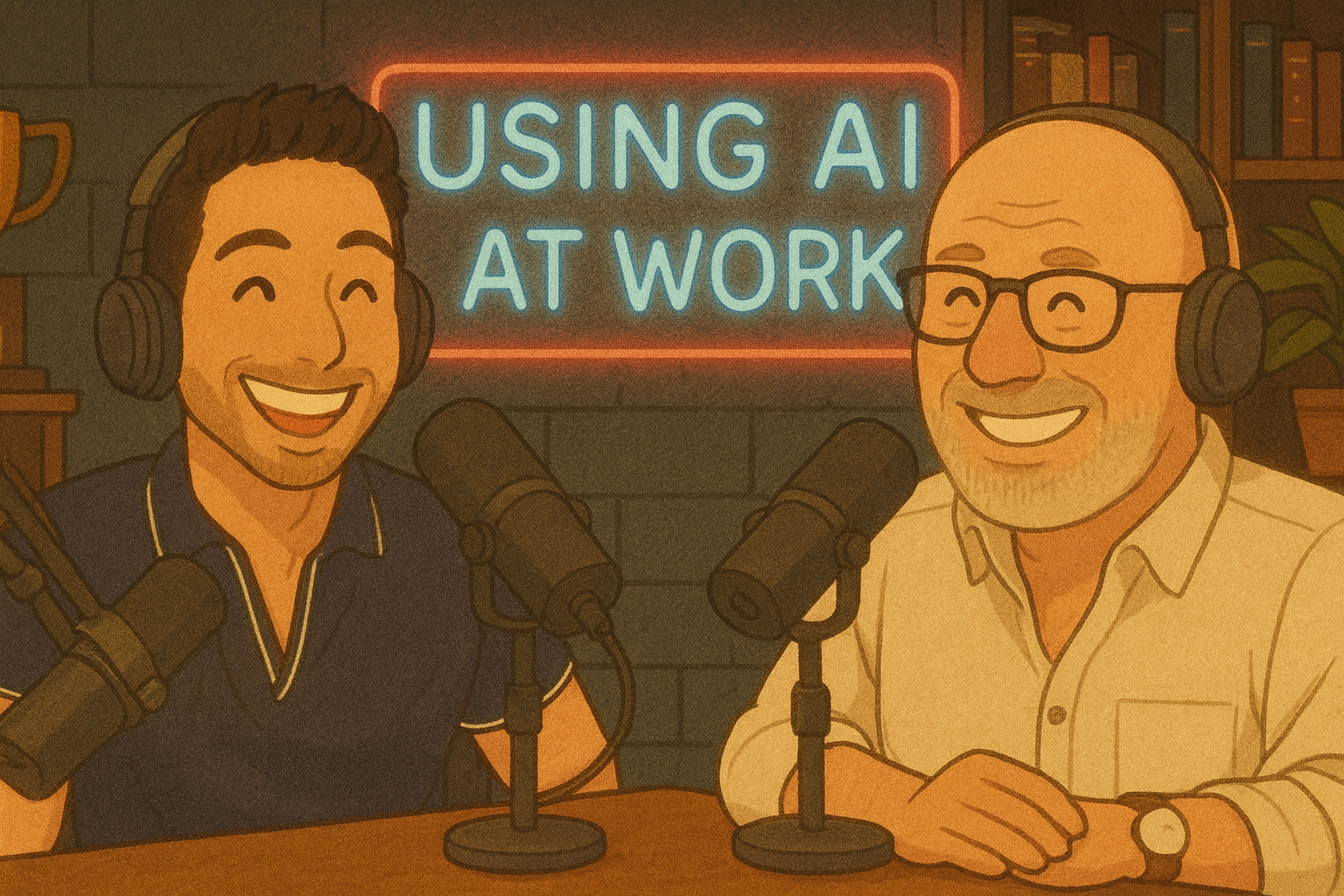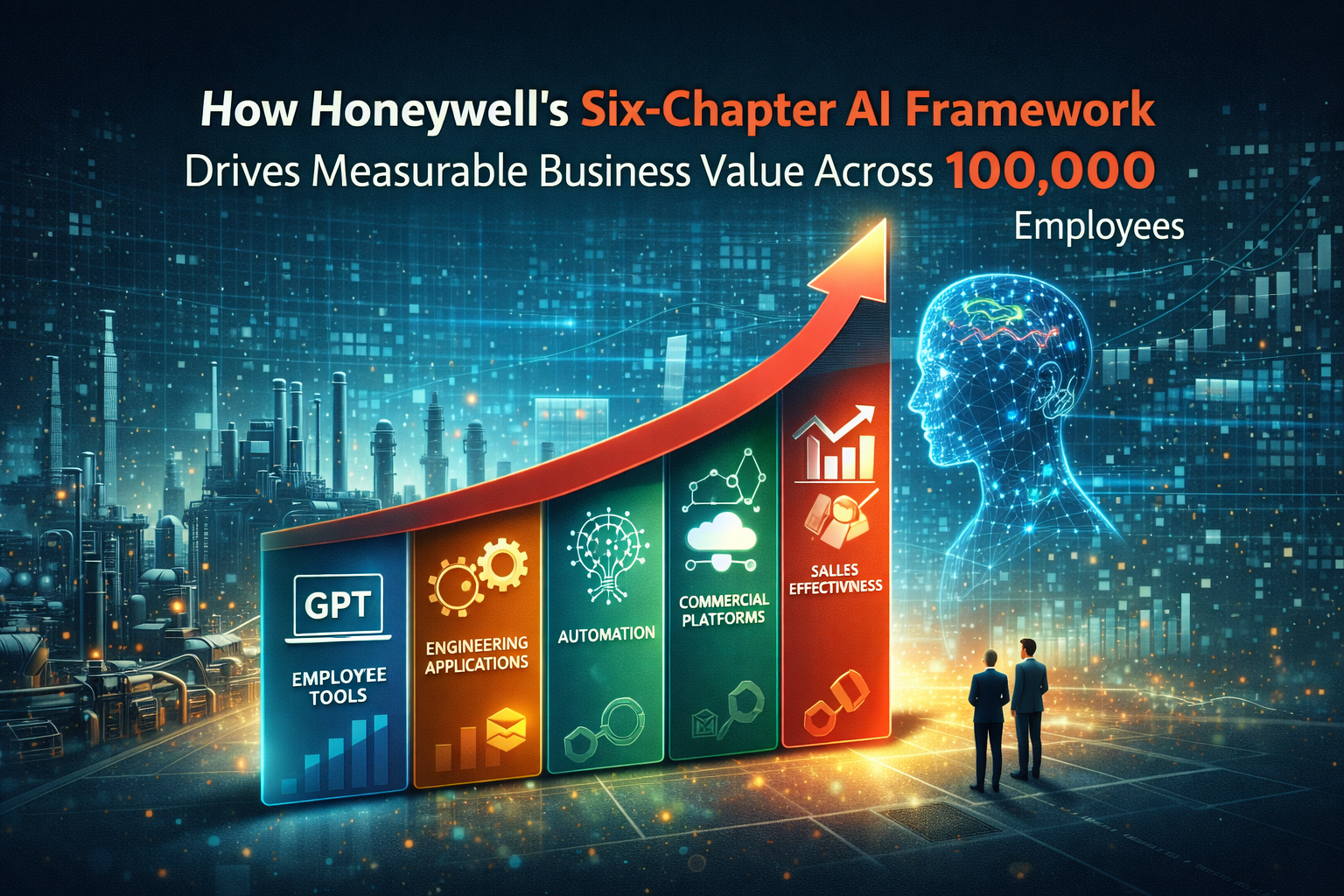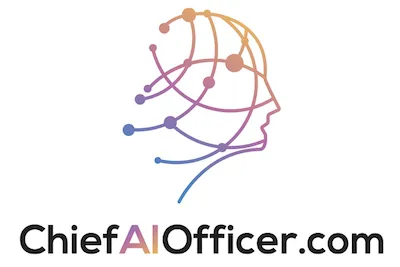A new episode of Using AI at Work features Jay Feldman, founder of LeadGenJay, discussing how AI and automation are revolutionizing lead generation and outbound marketing. Host Chris Daigle explores the transition from traditional cold outreach to sophisticated omnichannel marketing systems powered by artificial intelligence.
From Medical School to Marketing Automation
Jay Feldman’s journey from practicing medicine to building million-dollar marketing agencies demonstrates the transformative power of automation. His agency scaled to $600,000 monthly revenue using early automation tools like ClickSend before AI became mainstream. When traditional mass email tactics became less effective, Feldman pivoted to mastering advanced automation platforms like Make.com and N8N, eventually incorporating large language models for hyper-personalized outreach.
Today, Feldman operates two companies: a 60-person PR agency and LeadGenJay with 15 team members, teaching businesses how to build automated lead generation systems that deliver results at scale.
Beyond Basic Cold Email: The Omnichannel Approach
While many businesses understand cold email as reaching prospects who don’t know your company yet, Feldman emphasizes that effective modern outreach requires an omnipresent marketing strategy across multiple channels. The goal is being everywhere your prospects spend time, not just hitting them with a single touchpoint.
His sophisticated approach includes automated sequences that trigger based on prospect behavior:
Direct Mail Automation: When someone opens a cold email, the system automatically pulls their address and sends handwritten letters through services like Handwritten, which physically writes each envelope and letter for higher open rates.
Multi-Channel Follow-Up: Prospects receive coordinated touchpoints via voicemail drops, SMS, LinkedIn connection requests, and retargeting ads, all triggered automatically based on their engagement levels.
Gift Automation: For high-value prospects with small target markets, the system can automatically send relevant gifts when prospects reply but haven’t yet converted, enhancing the relationship-building process.
The AI Sales Director: Automating Performance Management
One of Feldman’s most impactful implementations is an AI sales director that reviews every sales call transcript. The system monitors a drive folder for new call recordings, then uses Claude’s large context window to analyze each conversation against specific criteria developed with his human sales director.
The AI produces detailed report cards grading salespeople on six different metrics, providing specific feedback with timestamps, and automatically scores performance data into Airtable for trend analysis. Instead of manually reviewing 50 calls weekly, the human sales director now focuses on the five most critical conversations flagged by the AI system.
This implementation demonstrates how AI can enhance rather than replace human expertise, making management more efficient while improving team performance.
Implementation Costs vs. Traditional Marketing
Contrary to expectations about complex AI implementations, Feldman reveals that sophisticated lead generation systems can be deployed affordably. His basic cold email automation setup costs under $100 monthly in software expenses, with tools like N8N’s community version essentially free except for server costs.
The contrast with traditional approaches is striking. Where competitors charge tens of thousands for basic lead generation setups, AI-powered systems can deliver similar results with minimal human capital. Feldman offers a $97 service that deploys complete cold email systems within 24 hours, though he emphasizes that optimization and fine-tuning require ongoing expertise.
The Competitive Imperative
Both hosts stress that AI adoption has moved beyond optional optimization to competitive necessity. Companies hesitant to implement these technologies face widening performance gaps against competitors who embrace automation early. The compounding effect means businesses that delay adoption may find it increasingly difficult to catch up as competitors reinvest their efficiency gains into further automation and AI capabilities.
Feldman expresses concern about the viability of current business models, noting that fully autonomous SDRs (Sales Development Representatives) are already emerging. While current versions aren’t yet superior to human-designed systems, the rapid improvement trajectory suggests significant disruption ahead.
Staying Current in a Fast-Moving Field
For executives struggling to keep pace with AI developments, Feldman recommends focusing on community-driven knowledge sharing rather than trying to consume all available content. His strategy involves following key creators and waiting to hear about new tools from multiple sources before investing time in evaluation.
The "three mentions rule" helps filter signal from noise – only when he hears excitement about a tool from three different sources does he dedicate time to learning it. If the tool demonstrates clear value, he spends several focused days with community experts to master implementation.
Getting Started with AI Lead Generation
Feldman emphasizes that successful automation begins with validating your core offer. No amount of sophisticated AI can compensate for a poor product-market fit. Once businesses have proven their offering resonates with their target market, they can layer on increasingly sophisticated automation tools.
His recommended progression starts with basic personalization and AI qualification, then adds channel-specific enhancements like direct mail triggers or voicemail drops based on target market characteristics and available contact data.
The key insight is treating these systems like hiring a new team member – starting with limited responsibilities and gradually expanding capabilities as the automation proves reliable and effective.
Ready to transform your lead generation with AI-powered automation? Listen to the full episode for detailed implementation strategies, tool recommendations, and real-world examples of businesses scaling their outreach efforts through intelligent automation.




